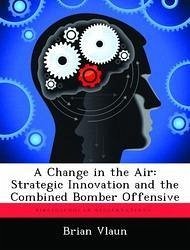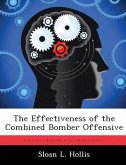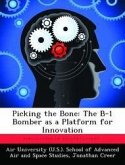This thesis proposes a non-linear approach to strategic innovation and argues that innovation in this construct depends most upon perceiving the interaction of friendly, enemy, and third-party strategies. The author evaluates whether the military has the appropriate mechanisms to innovate strategy during long wars. Rather than to disprove existing theories of innovation that seek linear cause-and-effect relationships, this thesis incorporates them into a broader construct of innovation through emergence at key junctures during war. The analytical framework steps though a three-part case study of the Combined Bomber Offensive during World War II to unravel and correlate the interaction of contextual factors, key actors, and feedback processes leading to air superiority over Germany. Results of the study show that strategic innovation is a complex process influenced by military strategists, decision-makers, and their feedback processes. This study concludes that opportunity for increased tempo, dialogue between political and strategic actors, and a willingness to embrace complexity rather than apply reductionist approaches best contribute to innovation. The study implies that the changing character of war in the cyberspace domain necessitates continuous evaluation of processes as well as discourse between decision-makers and those whom they employ to aid their perception of the strategic environment.








